On the eve of the seventh day after China’s high-speed train disaster, an important date in Chinese funerary traditions, Chinese propaganda officers ordered a nationwide ban, prohibiting websites and newspapers from front page coverage. But what followed in the newsrooms of at least a dozen newspapers that evening was mass defiance of that order.
The outcome on the morning of Friday, July 29, showed the extent to which the Chinese media establishment is willing to openly defy official directives over the crash, as high-profile frontispieces about the disaster appeared in one major publication after another. Though at the same time, a number of other newspapers followed the order and scrambled to redesign their front pages that evening.
Propaganda apparatchiks made three phone calls to a newspaper in Beijing, according to a Chinese editor who spoke to the New York Times. The first, at 9 p.m., ordered them to “cool down” coverage; the second, at 10 p.m., said that only official propaganda from Xinhua was permitted; the third call, at midnight, prohibited coverage of the crash on the front page.
“The order came around 8 p.m. when everyone’s page layouts were pretty much done,” one Chinese reporter told Radio Free Asia. “This was a countrywide order. Including websites.”
While some newspapers withdrew their stories at the last minute, infuriating many journalists, others persisted with the original plans.
Dozens of newspapers mourned the dead and criticized, openly or opaquely, the rapid development of high-speed rail at the cost of public safety, effectively an indictment of China’s development model.
Shanghai Youth Daily mourned by leaving much of the front page blank, showing only a picture of Chinese Premier Wen Jiabao bowing to the victims, above the number of the two trains: D301 and D3115. The date and time of the crash was at the bottom: 20:34 July 23, 2011. Issues were sold out, according to online reports.
The Shanghai Oriental Morning Post ran a front page with only a few lines of text, leaving the rest of the page blank. In the text, in large characters, were Wen Jiabao’s remarks in a recent press conference at the site of the train crash, about the role of government being to “protect people’s lives,” and the Ministry of Railways owing the public an “honest answer” about the incident.
Other metropolitan newspapers also defied censors and recycled Wen Jiabao’s words on their front pages, effectively using the regime’s own rhetoric against it: “People must know the truth,” and “Was saving people the first priority? The Ministry of Railways must answer,” became poignant headlines on July 29.
The often-outspoken Southern Metropolis Daily was also uncowed, launching a 16-page special edition July 29 with a black front cover. Titled “Truth Is the Best Memorial,” the edition had extensive coverage of the lives and dreams of some of the victims, and an investigation of the crash and its aftermath. It also delivered the message: “We reject rapid development at the cost of peoples’ lives, we believe in the power of truth.”
The seemingly coordinated resistance to censorship, which is almost without precedent in China, may have partly been because of the confusing messages sent down by Party Central over the last week.
Wen Jiabao publicly ordered an “open and transparent” investigation on July 28, and emphasized the role of “public supervision.” But the same day the Central Propaganda Department issued orders to censor all reports on the train crash.
The propaganda department is led by Li Changchun, a loyalist to former leader Jiang Zemin and communist hard-liner, and some commentators suspected that there might have been disagreements inside the Party over how to handle the incident.
One early casualty of the media battle has been Wang Qinglei, the producer of the state-run CCTV news program “24 Hours,” who was suspended for criticizing the Ministry of Railways, according to the Chinese version of Deutsche Welle and other Chinese-language media.
On the evening of July 28 a number of newspapers, including 21st Century Business Herald, the Beijing News, the Qianjiang Evening News, and others, were forced to pull between two and eight pages at the last minute.
A vivid example of the way news was censored appears on China Media Project, a website that monitors media on the mainland. Three pages of the newspaper China Business View are shown, featuring news and robust commentary about the crash. The pages had been prepared and were waiting to be finalized, but “because propaganda leaders were aggressively applying pressure,” they never went to print.
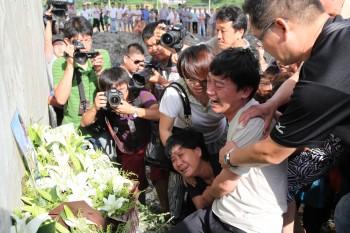
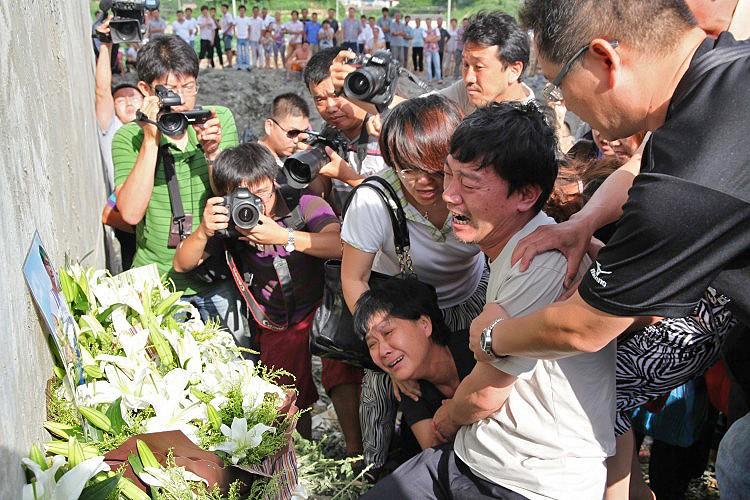
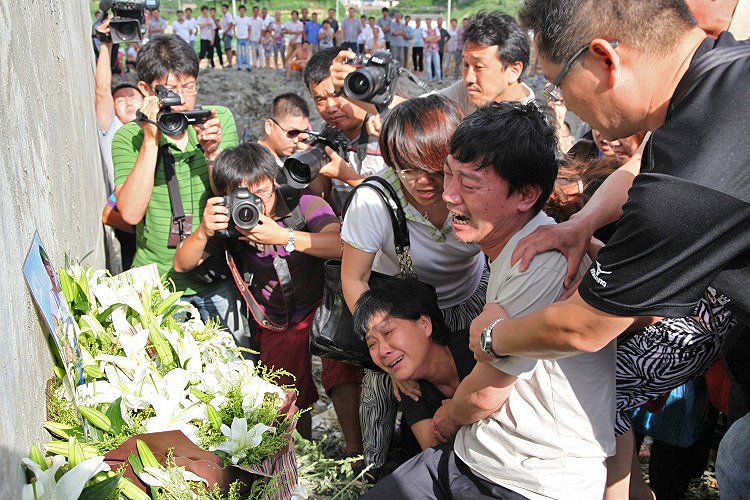
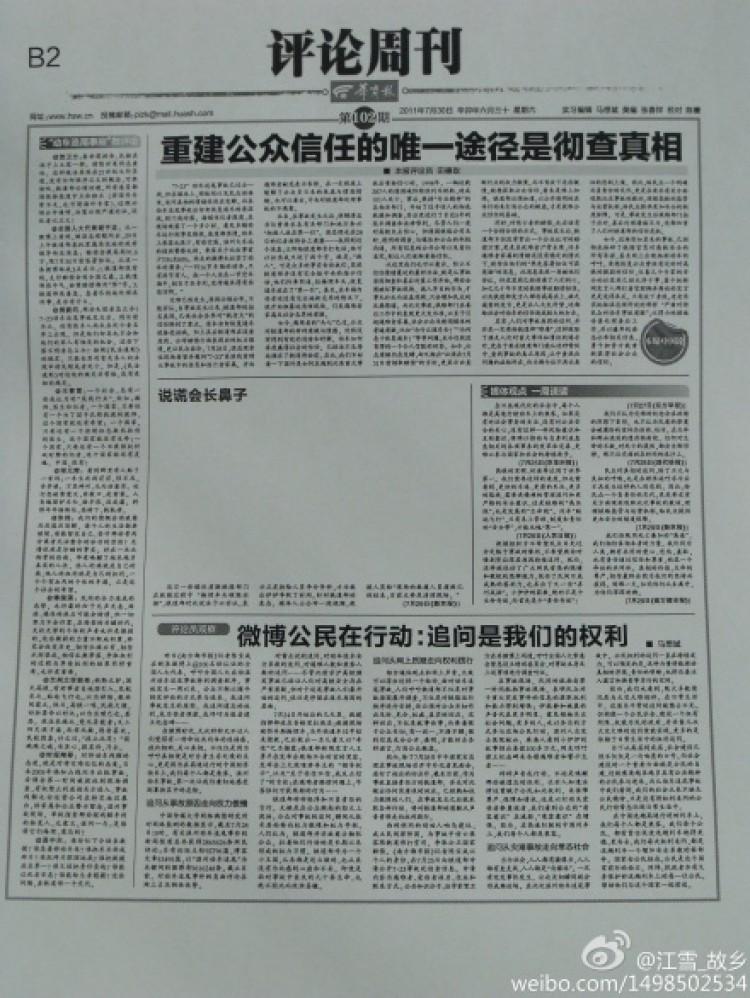
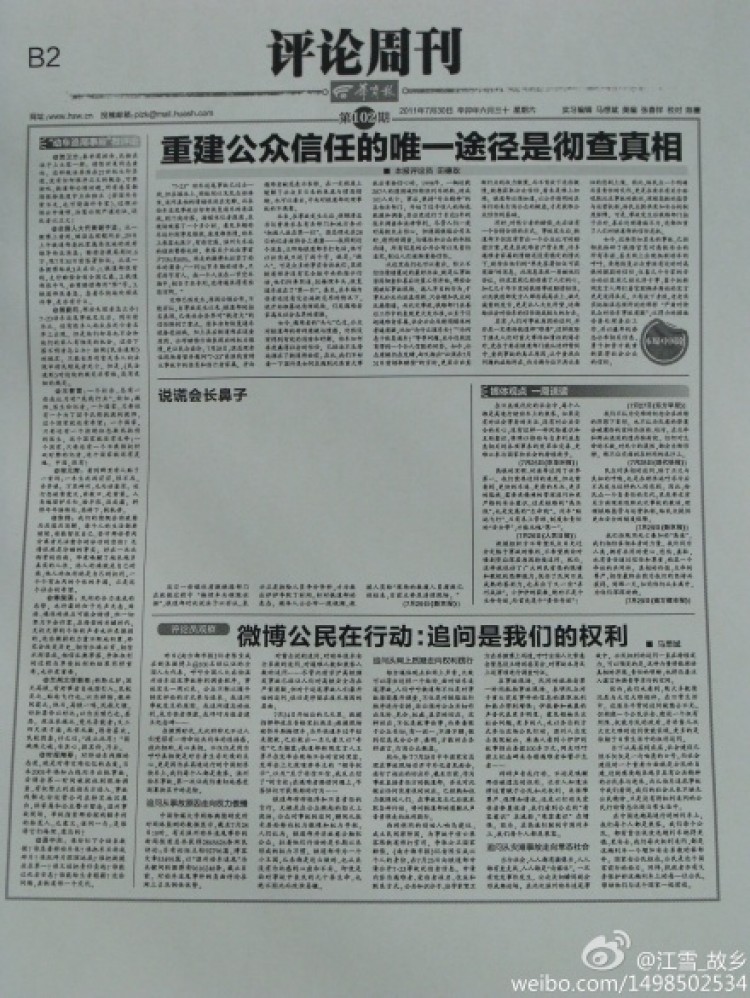

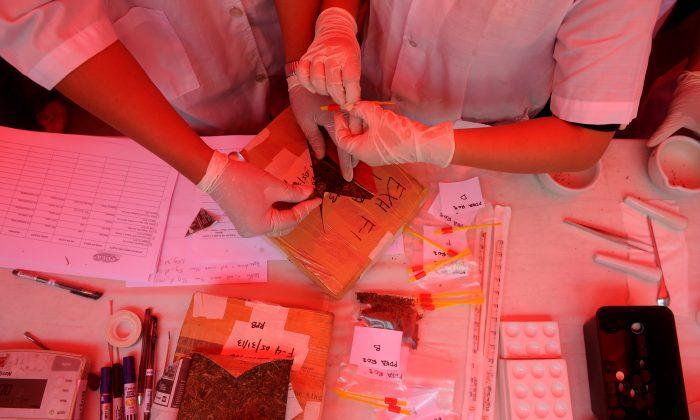

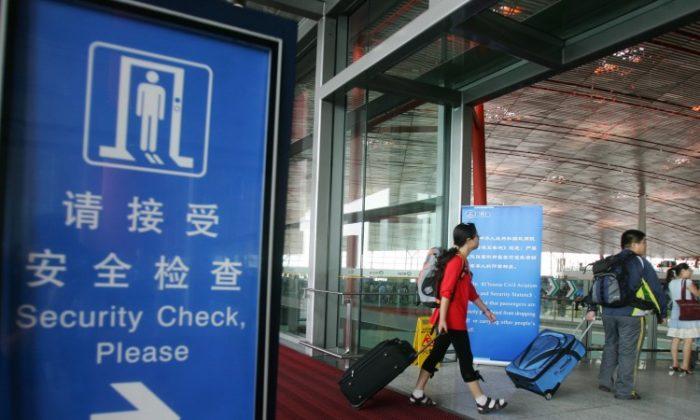
Friends Read Free